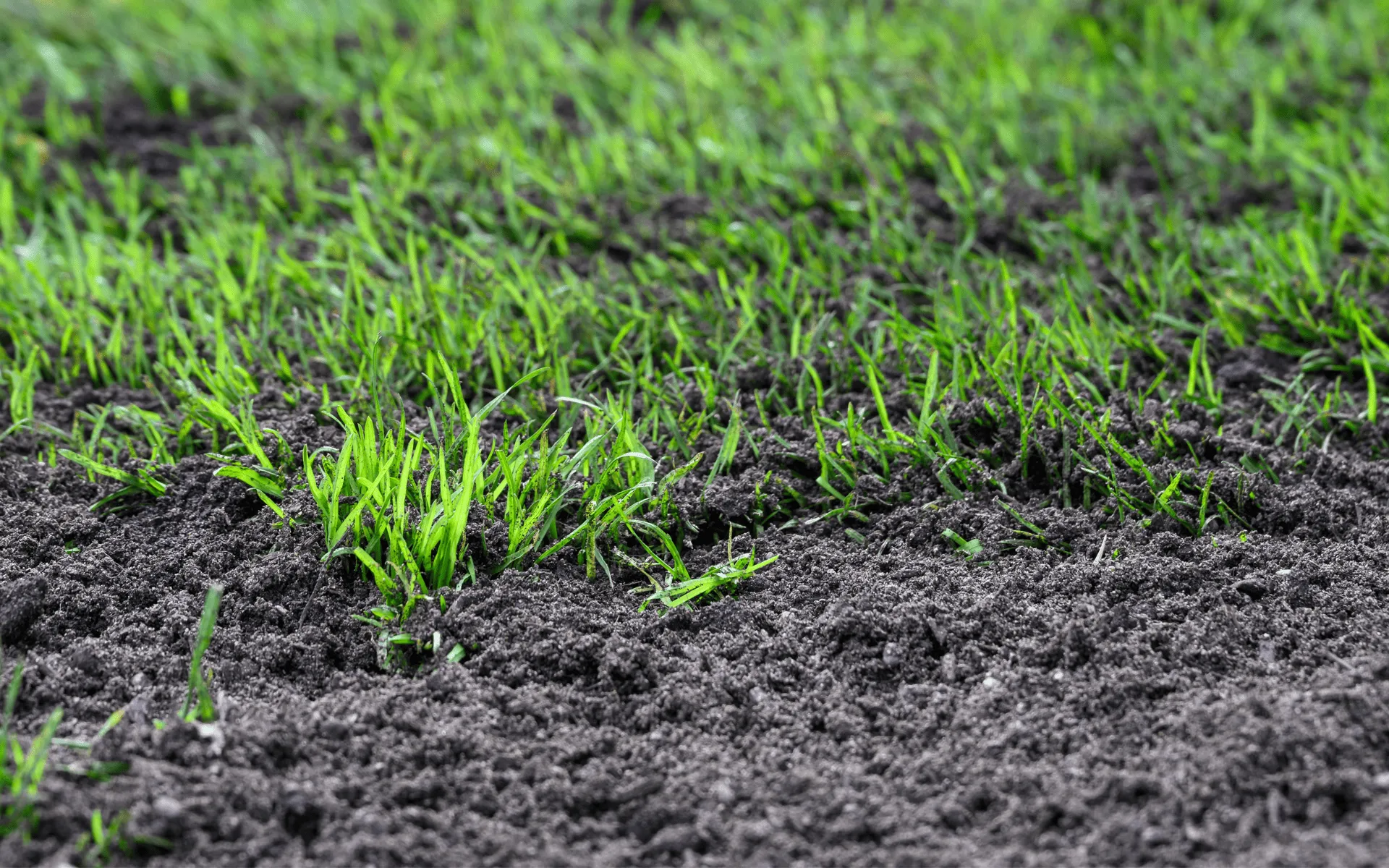If you’ve been researching how to fix your patchy, sad-looking lawn, you’ve probably come across the term lawn renovation. It gets thrown around in gardening forums, by landscapers, and in product descriptions—but what does it actually mean?
Is it just a trendy way of saying lawn care? Is it code for a complete turf replacement? Or does it sit somewhere in between?
First Things First: What Is Lawn Renovation?
Lawn renovation refers to the process of restoring and rejuvenating an existing lawn, using targeted techniques to fix underlying problems. It doesn’t mean replacing the lawn completely—it’s more about working with what you’ve got and bringing it back to life.
It typically includes tasks like:
- Removing weeds and dead grass
- Breaking up compacted soil
- Adding organic matter or top dressing
- Sowing new seed or encouraging spread
- Feeding the lawn with fertiliser
- Improving water penetration and root development
Think of it as a full reset for your lawn. You’re not doing regular upkeep—you’re actively undoing damage and rebuilding strength.
Why Lawn Renovation Isn’t Just Fancy Lawn Care
Lawn care usually means mowing, watering, and feeding your lawn to keep it ticking along. Renovation, on the other hand, is what you do when things have clearly gone downhill.
You might consider renovating your lawn if you notice:
- Large bare patches that don’t seem to recover
- Thin, patchy growth that looks unhealthy
- Persistent weeds that keep coming back
- Hard, compacted soil where water just runs off
- Pools of water after rain
- Uneven surfaces or sunken spots
These signs suggest your lawn needs more than a quick mow or dose of fertiliser. That’s where renovation comes in—dealing with deeper issues that standard maintenance can’t fix.

Common Reasons Lawns Go Bad
Lawn problems don’t appear overnight. They build up over time from a mix of neglect, wear and tear, and environmental stress. Here are the usual culprits behind a failing lawn:
- Heavy foot traffic compacting the soil
- Drought conditions leading to weak root systems
- Too much shade for sun-loving grass varieties
- Poor drainage causing soggy, unhealthy patches
- Infrequent mowing or over-mowing
- Incorrect fertilising routines
- Weeds taking over due to thin grass coverage
Renovation doesn’t just hide these problems. It addresses them at the source.
What Lawn Renovation Isn’t
Let’s clear up a few misconceptions:
- It’s not a cosmetic touch-up. While the lawn will look better, renovation is about improving function and health.
- It’s not a total turf replacement. You keep your existing grass and build on what’s still viable.
- It’s not just for experts or landscapers. With the right tools and knowledge, it’s a DIY-friendly job for most homeowners.
It’s also not an instant fix. Renovation takes time and care, especially if you’re reseeding. But the long-term rewards are worth it.
What’s Involved in Lawn Renovation?
A proper renovation will usually follow a step-by-step process. Each stage builds on the last and contributes to a healthier, stronger lawn.
Here’s how it generally works:
1. Lawn Inspection
Before doing anything, assess the condition of your lawn. Identify problem areas and what’s causing them—compaction, drainage, shade, pests, or weeds.
2. Weed Removal
Clear out broadleaf weeds, invasive grasses, and any debris sitting on the surface. This gives your lawn a clean slate and removes competition for nutrients and space.
3. Mowing Low
Scalp the lawn by mowing it as low as your mower allows. This helps expose the soil for new seed or runners and improves light penetration.
4. Aeration
Punch holes into the soil using a manual or powered aerator. This breaks up compacted ground and helps air, water, and nutrients reach the roots. It’s especially important for heavy clay soils.
5. Top Dressing
Spread a thin layer of sandy soil or compost across the surface. This smooths out bumps, levels sunken areas, and encourages deeper root growth.
6. Overseeding
Spread lawn seed over the area—either a matching variety or a compatible blend suited to your region and conditions. Choose drought-tolerant or shade-friendly types where appropriate.
7. Fertilising
Apply a starter fertiliser with balanced nutrients to support seed germination and early growth.
8. Watering
Keep the lawn consistently moist for at least a few weeks. This helps new grass take root and supports stressed areas recovering from aeration and mowing.
When to Renovate Your Lawn

The best time to renovate your lawn depends on the type of grass you have and where you live in Australia.
If you have a warm-season grass like couch, buffalo, or kikuyu:
- Renovate during spring or early summer
- These grasses thrive in warm soil and grow rapidly when temperatures rise
If you have a cool-season grass like fescue or rye:
- Renovate during early autumn or early spring
- Cooler conditions and consistent rainfall support better germination and growth
Avoid doing major renovations in extreme heat or during winter dormancy. Timing it right gives your lawn the best chance to bounce back.
Final Thoughts
So, what does lawn renovation even mean? In plain terms, it’s how you bring a tired lawn back to life without ripping it all out and starting fresh. It’s a smart, sustainable way to revive your outdoor space, especially if you’re working with compacted soil, patchy grass, or a garden that’s been neglected for a while.
Done right, it saves money, reduces water usage, and gives you a lawn that looks great and feels even better to use. Whether you’re prepping for summer BBQs or just want to enjoy your backyard again, lawn renovation might be the answer you didn’t know you were looking for.










